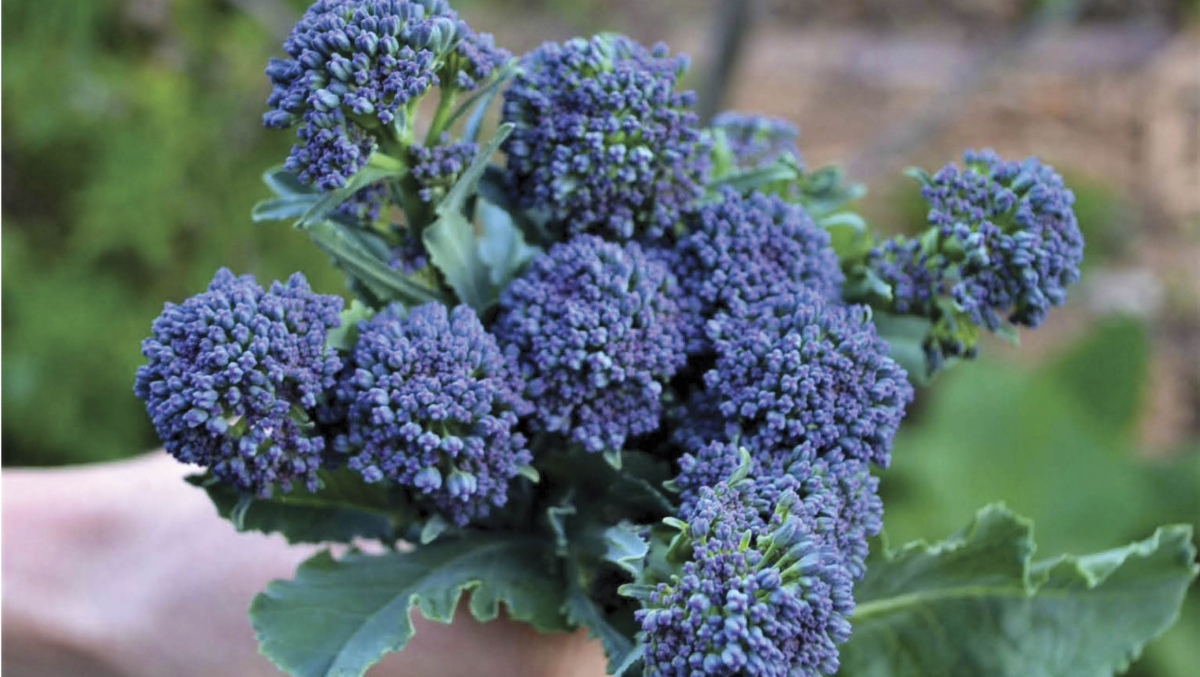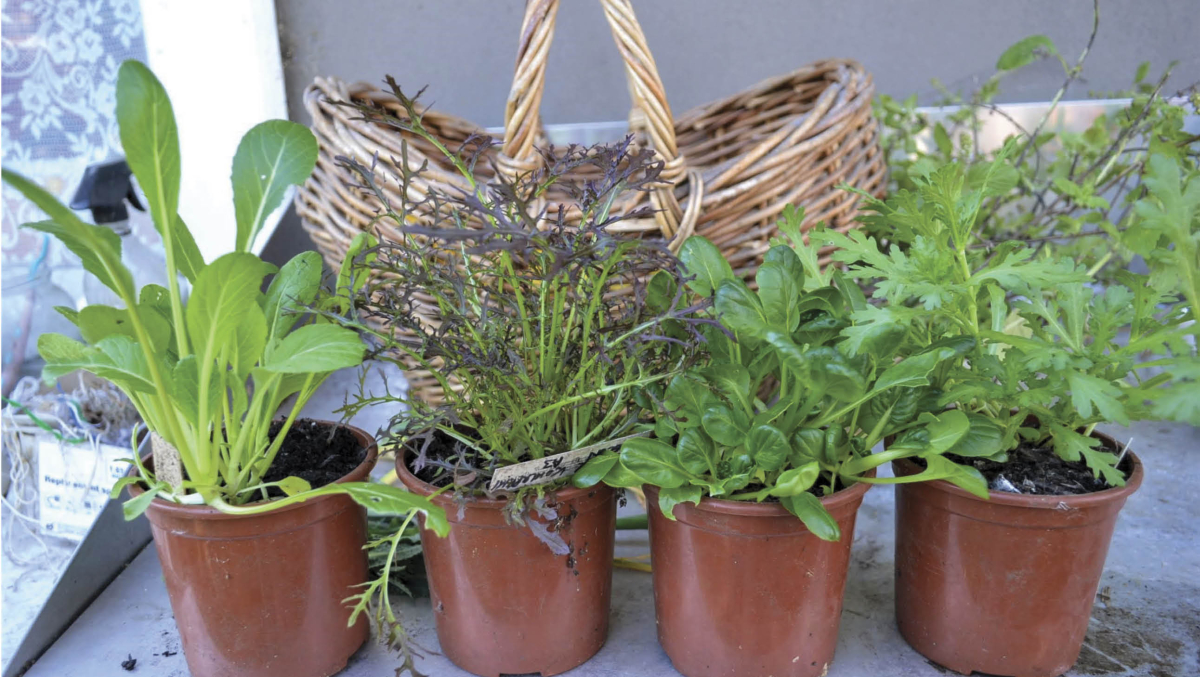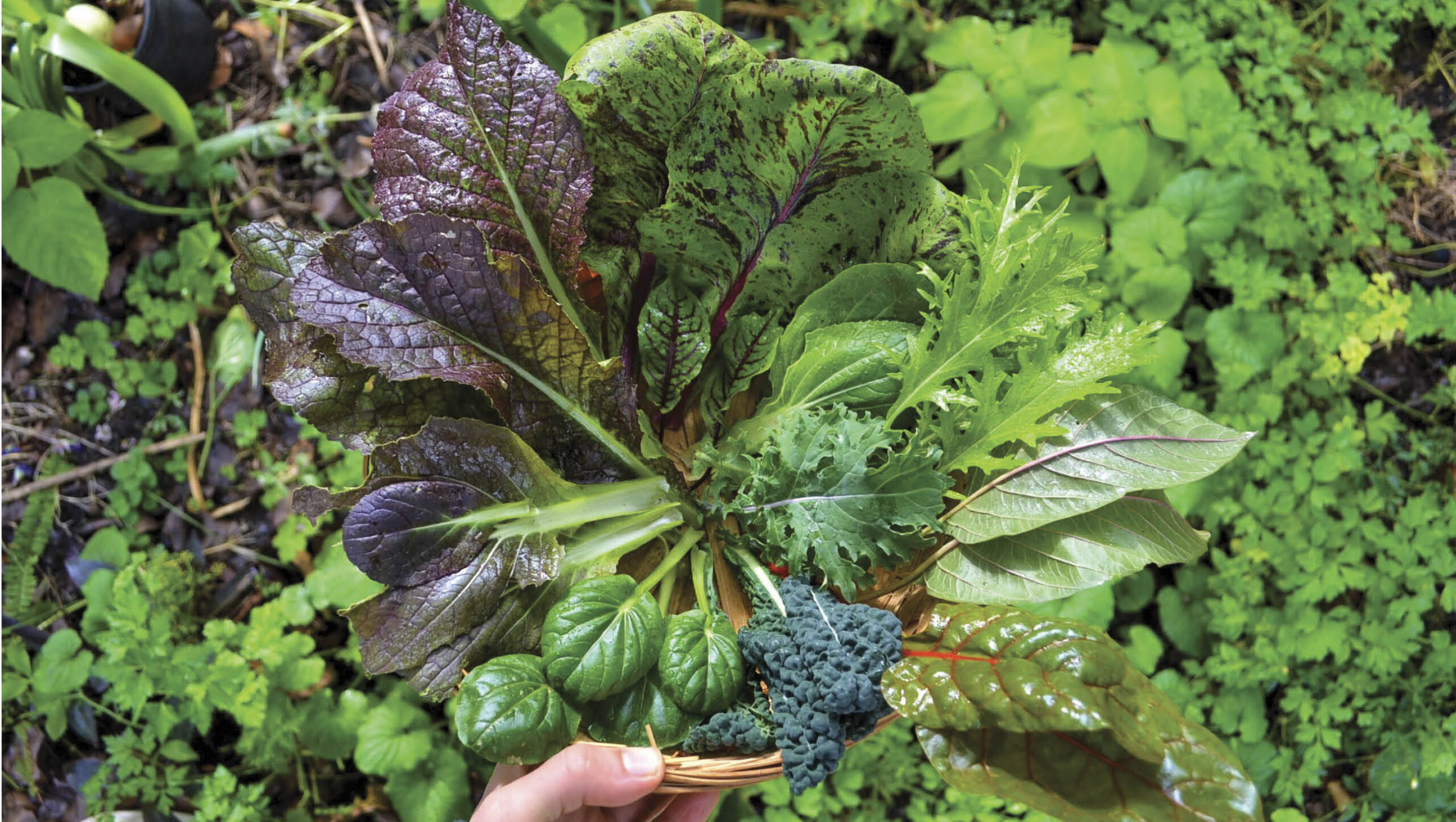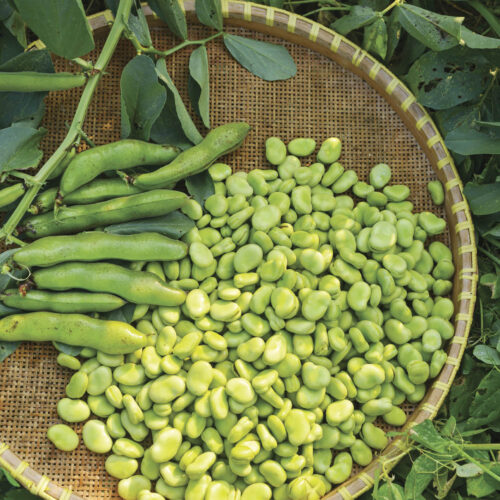Tips for growing edible plants in winter
2023-04-26T07:18:11+10:00
Winter brings softer light and shorter days, with long shadows creating shady spots that can be difficult to grow in, but these tips from Jian Liu will help.
Understanding how light works is one of the key skills of any gardener. You might have already noticed the light falling on your garden becoming softer and more diffuse as we head into winter. In the cooler months, the earth is tilted away from the sun which is much lower in the sky, so the sun’s rays touch less parts of the garden, turning previously sunny summer spots into partial or full shade.
Shadows become longer, and in urban areas, everyday structures, such as houses, sheds or carports, can all cast shadows across your garden.
Daylight hours gradually decrease until the arrival of the winter equinox, while the weather is also cooler and wetter in southern parts of Australia, adding to challenges for gardeners. In contrast, subtropical gardeners, although also dealing with reduced winter light, have less extreme conditions of wet and heat, and because it’s colder, no fruit fly to contend with, which can aid growing, especially crops such as tomatoes.
Plant selection
Selecting the right plant varieties is crucial. Fruiting plants (for example, tomatoes, eggplants and snow peas) require the most energy and sunlight to produce, with root vegetables next and leafy greens requiring the least energy. Hence, most of our traditional fruiting plants tend to be grown over summer. When designing your garden, plan to put fruiting plants like snow peas and broccoli in the sunniest spots, leaving leafy greens for shady areas.
Here are some of the varieties we’ve had the most success with in our shady cool season garden.
Leafy greens
Winter is a time to celebrate leafy greens in all their diversity. While they can be hard to grow over summer, they are lush and abundant in the cooler seasons. Conveniently, they come at a time when we need a nutrient-rich boost to our immune system. Crucially, they can be grown with low levels of ambient light.
Open-leafed varieties of greens are particularly wonderful in shady areas as you don’t need to wait for a whole head to form before harvesting – they are cut and come-again vegies, lasting the whole season. Our favourite varieties include:
- heirloom lettuce ‘Australian Yellow Leaf’;
- red-veined sorrel;
- mizuna ‘Red and Lime Streaks’;
- kale ‘Tuscan Cavolo Nero’;
- rocket;
- rainbow chard;
- perpetual spinach;
- non-hearting versions of Chinese cabbage, such as Tokyo bekana, tatsoi, yukina savoy and pak choy.
Sprouting broccoli
We have found the sprouting varieties of broccoli perform much better in shady gardens. Instead of waiting until spring for a good head of broccoli to harvest, we can harvest fresh broccolini-like shoots all winter. They are super convenient also, as you harvest small heads fresh as you need them. Our favourite varieties are:
- broccoli ‘Purple Sprouting’;
- Chinese broccoli, Gai Lan;
- heirloom Italian leaf broccoli Spigariello.

Peas
Snow peas and fresh peas are one of the great luxuries of winter. Being a fruiting plant, their yields can be disappointing in very shady areas – either failing to produce many pods or only producing a decent harvest in spring. However, if planted in the sunniest sections of a winter garden and trained up arches and trellises to access more light, they can do well. Peas are also great in moveable grow bags. Our favourites include the following.
- Dwarf peas like ‘Novella’, a self-climbing variety with more climbing tendrils than leaves, are early-producing and do well, especially if started in autumn.
- Vigorous growing varieties such as ‘Yukomo Giants’ reach the top of an arch or trellis quicker, soaking up more light and produce earlier.
- Similarly, ‘Golden Podded’ snow peas.
Root vegetables
Root vegetables can also be frustrating to grow in shade. Carrots can take over nine months to reach full size in our shady garden. We now only plant the smaller, quicker maturing varieties in cooler seasons. Suggestions are:
- round French radishes;
- small carrots such as ‘Paris Market’; compact golden beetroot varieties, such as ‘Golden Detroit’, which provide more abundant and quicker harvests.
Potting up seedlings
And last but most certainly not least, sizing up seedlings is an essential skill in the shade-gardener’s toolkit. Even with this single act, we have completely transformed our ability to grow in some formerly ungrowable spots in our winter garden!
I have learnt the hard way that planting tiny seedlings into shady, cold soil can send them into shock. They stagnate and fail to put on growth as they spend all winter trying to recover, only coming good once the temperature warms up in spring. They may even have veining on their leaves resembling a nutrient deficiency, but in reality, their roots are simply too small and cold to take up nutrients.
Allow seedlings to reach at least 15cm tall before planting them out. We transplant ours from punnets to small pots and then into gradually larger pots (recycled yoghurt containers or milk bottles with drainage holes poked in them make great pots). Planting in smaller pots creates a warmer root zone, encouraging faster plant growth. It also means you can easily move your seedlings around the yard to chase the sun. Growing seedlings to a larger size gives them a huge head start.

This information first appeared in our Early Winter 2022 issue (OG 133). You can find back issues of the magazine here, plus information about subscribing.







